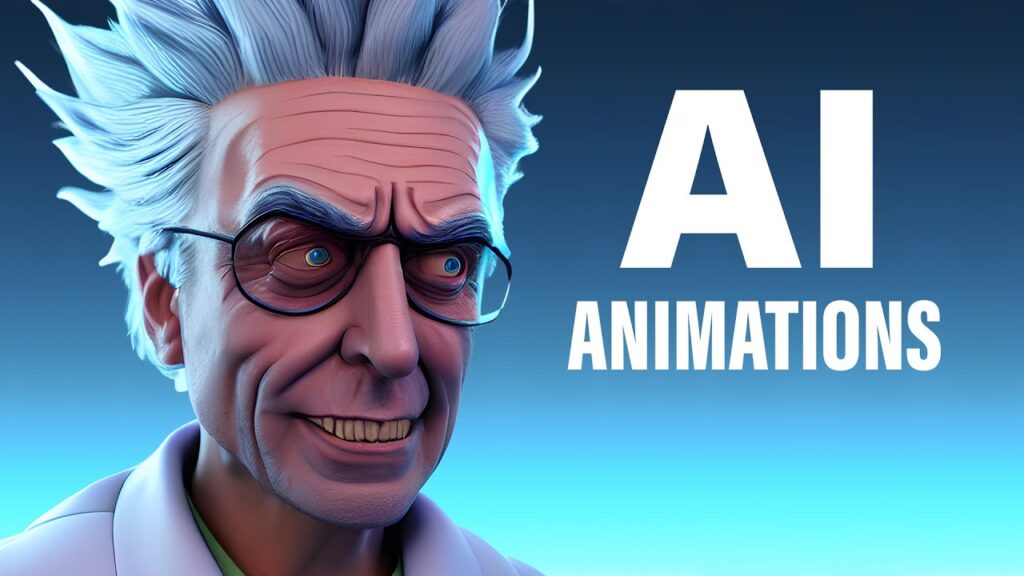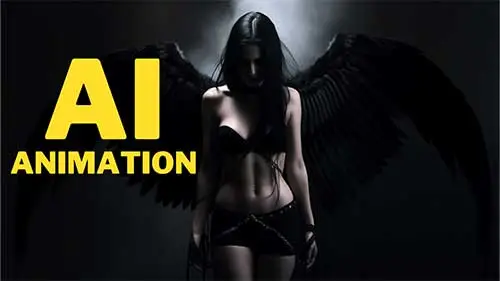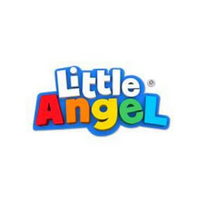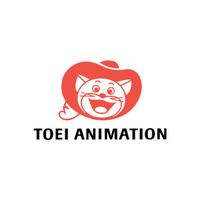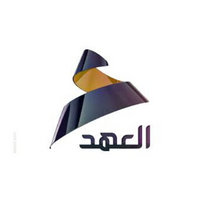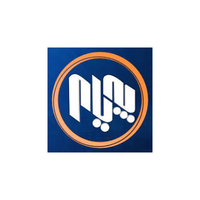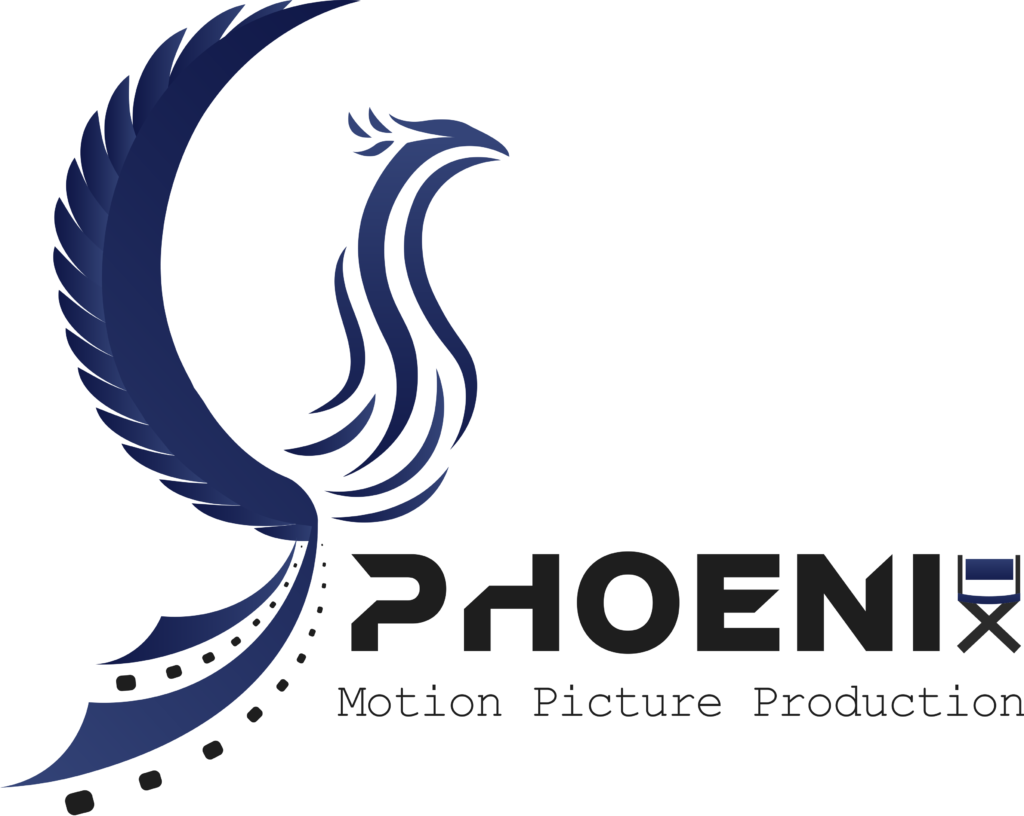–Animation AI Making: Enhancing Creativity with AI:
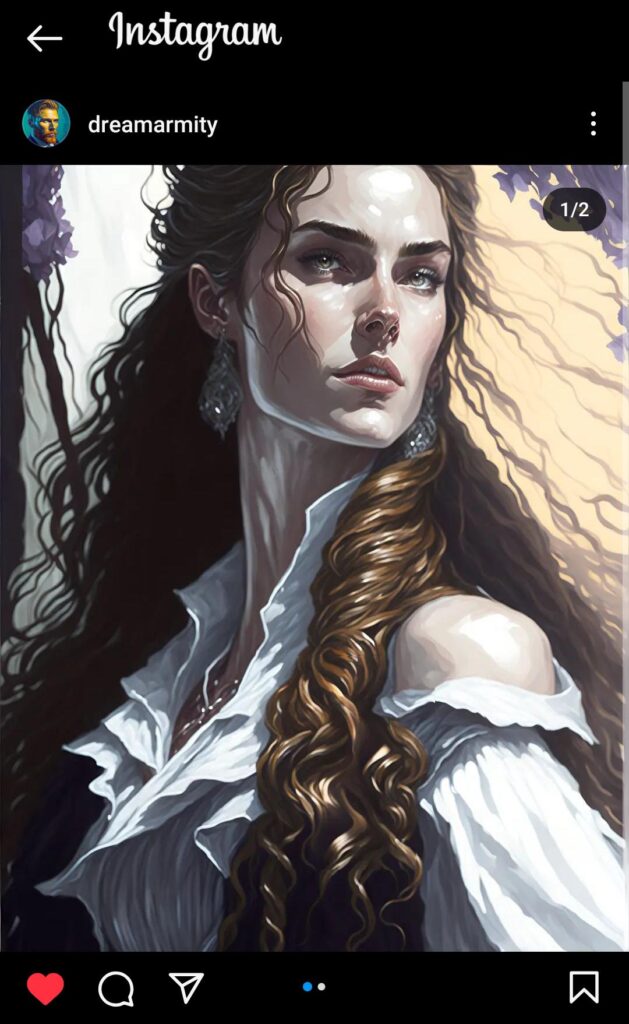
The integration of AI in animation making has opened up new possibilities and opportunities for animators, empowering them to enhance their creativity and produce more engaging and captivating animated content. While AI is not a replacement for human creativity, it serves as a powerful tool that complements and supports animators throughout the animation process, from ideation to production.
Animation making has long been a captivating form of storytelling that combines art, technology, and creativity. Over the years, advancements in technology have revolutionized the animation industry, making it more accessible and efficient. One of the most recent developments in this field is the integration of artificial intelligence (AI) and animation production. With the emergence of AI-powered tools and algorithms, animation creation has taken a leap forward, enabling artists and creators to produce stunning visual experiences more efficiently than ever before.In this article, we will explore the ways AI can help in animation making and its role in enhancing creativity.
Automated In-betweening and Motion Smoothing: Animation AI algorithms can automatically generate in-between frames, filling the gaps between keyframes, and smoothing out animation sequences. This automation saves animators considerable time, allowing them to focus on the more creative aspects of animation, such as storytelling and character development. The smoother animations also contribute to a more polished final product.
Procedural Animation:AI can be used to create procedural animations, where animations are generated algorithmically based on specific parameters and rules. This technique is particularly useful for creating repetitive or complex animations, like crowds, natural phenomena, or procedural textures. Animators can tweak the parameters to achieve the desired effects, offering them greater control and flexibility in the animation process.
Character Animation: Animation AI has shown promise in assisting with character animation. Machine learning models can be trained on extensive datasets of human movements, enabling them to mimic realistic motion for characters. While human animators still provide the artistic direction and emotions, AI can speed up the animation process by suggesting plausible movements, making it easier to achieve natural character performances.
Virtual Production and Real-time Rendering: AI plays a significant role in virtual production and real-time rendering workflows. With the help of AI-driven technologies, animators can see real-time feedback on their work, facilitating quicker decision-making and experimentation. This enhances the creative process by allowing animators to make adjustments on the fly and iterate rapidly.
Predictive Storyboarding: AI can analyze existing animations and films to predict and generate storyboards or animatics based on specific scripts or scenes. This feature can aid in pre-visualization and inspire animators with fresh ideas for scene composition and camera angles. While the final artistic decisions still rest with the animators, AI-generated storyboards can be valuable starting points for the creative process.
AI-based Artistic Tools: AI-powered tools, like style transfer algorithms, can transform animations to adopt various artistic styles automatically. Animators can experiment with different visual aesthetics quickly, broadening their creative horizons and exploring unique visual approaches.

Natural Language Processing (NLP) for Dialogue and Script Analysis: NLP-powered AI can analyze scripts and dialogue, understanding the context and emotional tone to suggest appropriate facial expressions, body language, and scene compositions. This assists animators in effectively conveying the intended emotions and motivations of the characters.
Streamlining Asset Management: AI can help in organizing and categorizing animation assets, making it easier for animators to search and access relevant resources. Efficient asset management allows animators to spend more time on creativity and less on administrative tasks.
AI technology, such as ChatGPT, has proven to be a valuable asset in the animation making process. Chat GPT, based on the powerful GPT-3.5 architecture, is an advanced language model capable of understanding and generating human-like text. Its ability to process and generate creative content makes it an ideal tool for collaborating with animators, streamlining production pipelines, and enhancing the overall creative process.
One of the key benefits of integrating animation AI, specifically ChatGPT, into animation production is its capability to generate storylines and dialogue. By providing prompts and context, animators can collaborate with Chat GPT to brainstorm ideas, develop characters, and craft engaging narratives. Chat GPT’s vast knowledge base, which includes information up until September 2021, allows it to provide insights and suggestions based on existing animation techniques and trends.
In addition to story development, AI can assist animators in creating visual assets. Chat GPT can analyse and understand detailed descriptions of characters, backgrounds, and objects, providing artists with a solid starting point for their designs. This can help streamline the pre-production phase, allowing animators to focus more on the artistic aspects rather than spending excessive time on concept creation.
Furthermore, Chat GPT can aid in animatics and scene planning. Animatics are rough visual representations of the final animation that help in determining the timing, camera angles, and overall composition. By collaborating with Chat GPT, animators can describe their vision for each scene, and the AI model can provide suggestions for shot selection, camera movements, and pacing, based on its understanding of visual storytelling principles
Another exciting application of Chat GPT in animation is in the field of character animation. Through prompts and instructions, animators can describe specific movements, actions, and emotions, and Chat GPT can generate relevant suggestions or even demonstrate animated sequences. This interactive process can assist animators in refining their work, exploring new ideas, and pushing the boundaries of creativity. Over and above that, AI can be utilized to enhance character animation by applying motion capture technology. Real-time motion capture systems can capture an actor’s movements and transfer them to a 3D character, giving it lifelike and natural movements. This technology has been used in various animated movies and video games to bring characters to life with realistic motion.
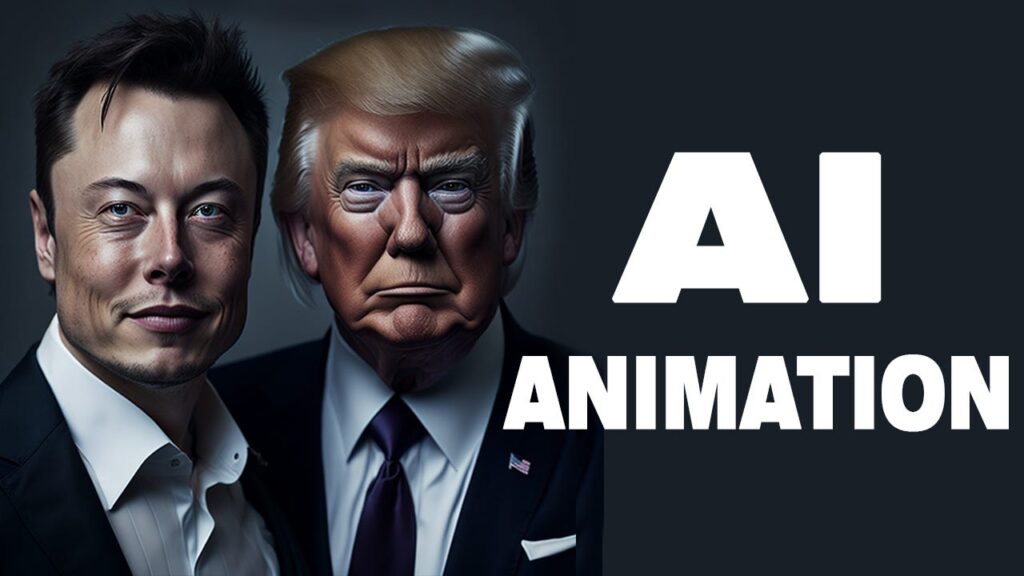
While AI, such as Chat GPT, still can play a significant role in the animation-making process by aiding with creative ideation, character development, dialogue writing, and generating plot points. Animators and filmmakers can use Chat GPT and some other apps as a collaborative tool, receiving ideas and suggestions, refining their concepts, and enhancing the overall storytelling aspect of the animation making project, it is important to note that it is a tool and not a replacement for human creativity and expertise. The collaboration between animators and AI should be seen as a symbiotic relationship, where the strengths of both parties are utilized to create exceptional animations.
In the future, with advancements in AI and the convergence of various technologies, we might see more sophisticated AI systems that can directly contribute to animation production, such as generating simple animations based on textual descriptions. For now, though, the true animation making process still heavily relies on the skills and artistry of human animators, with Animation AI serving as a valuable assistant and creative catalyst.
Conclusion: AI in animation making is not about replacing human creativity but rather elevating it. By automating mundane tasks, providing valuable suggestions, and streamlining workflows, AI empowers animators to focus on what truly matters: storytelling, emotional connection, and artistic expression. The symbiotic relationship between AI and human creativity in animation opens up a new era of possibilities, where imaginative and visually stunning animated content is brought to life. As AI technology continues to evolve, the animation making industry is poised to witness even more exciting advancements, pushing the boundaries of creativity and storytelling in the world of animation.
Animation AI, has the potential to revolutionize the animation industry by providing valuable assistance in story development, asset creation, scene planning, and character animation. By leveraging the capabilities of animation AI, animators can streamline their workflows, boost their creativity, and produce visually stunning and engaging animations. As technology continues to advance, we can expect even more exciting possibilities for AI and animation making to merge, resulting in groundbreaking visual experiences for audiences worldwide.
![Terminator 2: Judgment Day[a] revolving around the idea of AI Dangers in future, is a 1991 American science fiction action film directed by James Cameron](https://phoenix.movie/wp-content/uploads/2023/07/arnold-cartoon-1-1024x576.jpg)
If you want to turn your concept into an animated reality, then we are who you need. Visit our film showcases to understand better what we can do for you. Check Phoenix news to get regular updates on our ever-expanding services, such as facilitation.
Contact US today and begin the journey of turning your vision into a work of art. Also you are very welcome to Dubai – Business bay, to visit us at our Dubai branch office.
More blogs and news, kindly Follow the Phoenix Blogs …
Frequently asked questions
Is there an AI that does animation?
Yes, there are several AI-powered animation tools and technologies available today. These AI systems utilize advanced algorithms and machine learning techniques to automate and streamline the animation process, making it more efficient and accessible to a wider audience.
AI-driven animation tools can handle various aspects of animation making, such as character movement, facial expressions, scene creation, and more. They often leverage deep learning models and neural networks to learn from existing animations and generate new ones based on the input data.
One popular application of AI in animation is creating animated characters that can mimic human movements and emotions with remarkable realism. These AI-generated characters find applications in video games, movies, virtual reality experiences, and other interactive media.
Furthermore, AI also aids in generating in-between frames, reducing the workload for animators and saving time during the production process.
While AI-driven animation making has come a long way, it’s essential to note that human creativity and expertise in animation remain crucial. AI serves as a powerful tool to complement human skills and enhance the animation industry. As technology continues to advance, we can expect even more innovative AI solutions for animation in the future.
Will AI animation replace 3D animator?
While AI has made significant strides in various industries, the idea of it completely replacing 3D animators remains uncertain. AI-driven animation making tools have shown great potential in automating certain aspects of the animation process, such as generating in-between frames or assisting with repetitive tasks, thereby enhancing efficiency and productivity for animators.
However, animation is a highly creative and artistic field, where human intuition, emotion, and imagination play crucial roles. 3D animators bring life to characters, infuse emotions into scenes, and tell compelling stories through their unique artistic perspectives. AI, as it stands, lacks the capacity for genuine creativity and emotional understanding that human animators possess.
While animation AI may augment the traditional animation process, it cannot fully replicate the depth and subtlety of human artistry. Additionally, AI-generated animations may lack the authenticity and soul that comes from the personal touch of a skilled animator.
As technology advances, AI may continue to play a more significant role in supporting animators, streamlining animation making workflows, and providing valuable tools, but it is unlikely to replace the need for human animators entirely. Human creativity and innovation will remain at the core of the animation industry, ensuring that animated content continues to resonate with audiences on a profound level.
Can AI replace VFX?
VFX is a highly specialized and creative discipline that involves creating realistic and fantastical visual elements for films, TV shows, video games, and other media. AI has made significant advancements in image recognition, object tracking, and simulation, which can be harnessed to streamline certain aspects of VFX production, such as automated rotoscoping, object removal, or crowd simulation.
However, VFX also relies heavily on artistic vision and human creativity to craft visually stunning and emotionally impactful scenes. The decision-making process behind VFX often involves subjective choices, storytelling nuances, and intricate details that are challenging for AI to replicate.
Moreover, VFX is not just about generating visual elements; it’s about seamlessly integrating them into live-action footage and ensuring they look natural and convincing. This requires a deep understanding of lighting, physics, and cinematography, skills that are honed by experienced VFX artists.
While 3D animation AI can enhance the VFX pipeline and accelerate certain tasks, it cannot replace the artistic sensibility and expertise of skilled VFX professionals. The collaboration between AI technologies and human creatives is likely to be the future of VFX, where AI aids in repetitive or time-consuming tasks, allowing artists to focus on the more creative and imaginative aspects of visual effects production.
What animation making jobs will be lost to animation AI?
AI has the potential to impact certain animation making jobs by automating repetitive and time-consuming tasks. Jobs that involve simple and repetitive animations, such as generating in-between frames, basic character movements, or background animations, could be streamlined or partially replaced by AI-driven tools. Additionally, tasks like automatic lip-syncing or motion capture could also be more efficiently handled by AI algorithms.
Furthermore, AI can assist in generating procedural animations, where patterns and movements are algorithmically generated based on predefined parameters, reducing the need for manual input.
However, it’s important to note that AI is not likely to completely replace jobs that require human creativity, artistry, and emotional understanding. Animation making jobs that involve storytelling, character design, complex scene composition, and emotional expressions will continue to rely on human animators’ expertise.
The human touch remains essential in creating compelling and unique animated content that resonates with audiences. AI-generated animations may lack the depth, subtlety, and emotional connection that comes from the creativity of skilled animators.
Instead of displacing jobs, AI is more likely to complement animation making by freeing up time and allowing animators to focus on higher-level creative tasks, resulting in a symbiotic relationship between AI and human animators in the animation industry.
Which animation making jobs will survive animation AI?
Animation jobs that involve creativity, artistic expression, and complex storytelling are likely to survive and thrive alongside animation AI. While AI can assist in automating certain aspects of the animation process, it currently lacks the ability to replicate human imagination, emotions, and originality. Jobs that require unique character design, compelling storytelling, creative direction, and emotionally impactful scenes will continue to rely on human animators’ skills and expertise.
Positions such as character designers, storyboard artists, creative directors, and animation supervisors will remain indispensable in the animation industry. These professionals bring life to characters, envision the narrative flow, and make artistic decisions that shape the final product.
Additionally, jobs that demand strong communication and collaboration skills will remain essential. Animators who work closely with directors, writers, and other team members to convey complex emotions and ideas will continue to play a crucial role.
Moreover, specialized animation tasks, such as complex rigging, visual effects integration, and advanced character animation, require human expertise and a deep understanding of the craft.
While AI may automate certain repetitive tasks, it will likely be seen as a valuable tool to enhance productivity and creativity, rather than a replacement for skilled human animators. The animation industry will benefit from a win-win relationship between AI technology and human creativity, allowing for even more innovative and visually stunning animated content.
Is AI harmful in future?

The potential harm of AI in the future is a complex and multifaceted topic that requires careful consideration. While AI offers numerous benefits and advancements across various domains, it also raises concerns regarding ethical, social, and economic implications. Here are some key aspects to consider:
1. Job Displacement: One of the primary concerns about AI is the potential for job displacement. As AI continues to evolve, it may replace certain tasks currently performed by humans, leading to job losses in various industries. This could disproportionately impact low-skilled workers and lead to economic inequality.
2. Privacy and Data Security: AI relies heavily on data, and the collection and use of vast amounts of personal information raise concerns about privacy and data security. If not properly regulated, AI could lead to breaches of privacy and misuse of sensitive data.
3. Bias and Fairness: AI systems are only as good as the data they are trained on, and if that data contains biases, it can result in biased decision-making. AI algorithms have been known to perpetuate existing societal biases, leading to discrimination and unfair treatment.
4. Autonomy and Control: As AI systems become more advanced, there are concerns about the potential loss of human control. Autonomous AI systems could make decisions without human intervention, raising questions about responsibility and accountability for the outcomes of those decisions.
5. Security Risks: The increasing use of AI in critical systems, such as defense, finance, and infrastructure, raises security concerns. Malicious actors could exploit AI vulnerabilities to cause significant damage or disruption.
6. Ethical Concerns in AI Development: AI development should follow ethical guidelines to ensure its responsible use. Lack of ethical considerations could lead to unintended consequences and negative societal impact.
7. Dependency on AI: Over-reliance on AI systems could lead to reduced human skills and critical thinking abilities, affecting society’s ability to function without these technologies.
8. Existential Risks: While currently theoretical, some experts warn of potential existential risks associated with superintelligent AI that could surpass human intelligence and potentially lead to unintended consequences for humanity.
Despite these potential risks, it’s important to note that AI’s future impact largely depends on how we address these concerns through thoughtful regulation, research, and ethical practices. Several initiatives are underway to address the ethical challenges of AI, such as creating unbiased and transparent AI algorithms, ensuring data privacy, and fostering collaboration between AI researchers, policymakers, and ethicists.
To harness the benefits of AI while mitigating potential harm, several measures can be taken:
1. Education and Reskilling: Investing in education and reskilling programs can help individuals adapt to changes brought about by AI and equip them with the skills needed for new job opportunities.
2. Responsible AI Development: Implementing ethical guidelines and standards for AI development, ensuring transparency and accountability in AI decision-making, and regular auditing of AI systems can help address bias and fairness concerns.
3. Robust Data Protection Laws: Strengthening data protection laws to safeguard individuals’ privacy and prevent data misuse is crucial in the age of AI.
4. Collaboration and Regulation: Governments, industries, and researchers must work together to establish effective regulations that strike a balance between innovation and safety in AI development.
5. AI Safety Research: Investing in AI safety research can help address concerns related to AI control and autonomy, ensuring that AI remains beneficial and controllable.
In conclusion, while AI holds immense promise for the future, it is essential to approach its development and deployment with caution, considering its potential risks and taking proactive steps to mitigate harm. Responsible AI practices, thoughtful policymaking, and ethical considerations will be key to realizing AI’s potential while ensuring a safe and equitable future.

